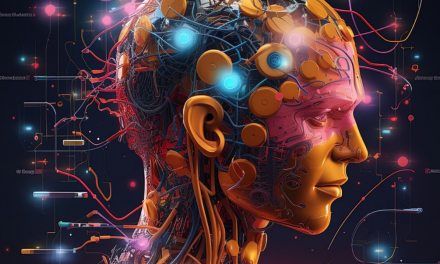AI-Driven Sales: Unraveling the New Norm
With Amazon Prime’s two-day deals event just passing, countless Americans have engaged with e-commerce platforms like Amazon, eBay, and Shopify. Yet, a hidden player, artificial intelligence, might have had a significant hand in that purchase you just made. Amazon reported over 150 million items purchased via third-party sellers, though specifics about the role of generative AI in these transactions remain undisclosed.
However, the e-commerce landscape is undoubtedly feeling the transformative power of AI, with the technology simplifying and enhancing numerous tedious tasks that sellers once dreaded. AI’s main drive? Maximizing sales while minimizing seller effort.
At the forefront of this shift is the enhancement of product listings. Amazon recently introduced a generative AI tool aiming to bolster the quality of product descriptions. Even the New York Times’ tech reviewers, after experimenting with OpenAI’s ChatGPT, found the tool proficient in crafting listings for Meta’s Facebook Marketplace.
These advancements have garnered attention from industry experts like Chris Jones, CEO of AMNI, who highlighted how AI tools can generate product listings impeccably suited for the target audience.
Yet, as with any emerging tech, e-commerce’s journey with AI isn’t without its challenges. Sellers are cautioned to avoid an over-reliance on AI, balancing the new tools with sound business acumen.
Transforming the E-Commerce Experience: Beyond Just Listings
While AI shines in crafting riveting product descriptions, its scope in e-commerce transcends mere listings. Many sellers, often not naturally skilled writers, grapple with crafting compelling content. AI intervenes here, dramatically slashing the time spent on such daunting tasks. Greg Mercer of Jungle Scout notes that tasks that would typically consume hours can now be accomplished within mere moments.
Amazon’s new AI innovation requires sellers to provide a basic product description. The tool then fleshes this out, even deducing details like a shirt’s collar style from its image, as mentioned in a company post. The overall aim? Crafting a richer, more engaging shopping experience with minimal seller input.
eBay is also charting its path, with an upgraded AI tool that begins crafting listings from a simple photo. This photo-first approach, which remains in its testing phase, promises sellers a streamlined listing process in the future.
Shopify’s leap into the AI realm is exemplified by their recent “Shopify Magic” suite. This collection of AI tools, designed to elevate the e-commerce experience, aids merchants in a myriad of tasks from email campaigns to customer support. The vision, as voiced by Miqdad Jaffer from Shopify, is to amplify the brand and expertise of entrepreneurs, expediting their journey from ideation to realization.
While universal tools like Microsoft-backed ChatGPT and Google’s Bard are gaining traction, industry insiders like Mercer believe platform-specific tools might offer the edge given their tailored designs. Yet, even generalized tools can offer a significant leg-up compared to manual efforts.
In the words of Margo Kahnrose from Skai, the ultimate goal is achieving optimal speed and scale without draining human resources.





